Notre Dame: The soul of Paris, the heart of France
The devastating fire at Notre Dame in Paris has illustrated the huge affection in which this cathedral is held in Paris and across the world. It is an exceptional building that deserves its high reputation – John Goodall explains why.
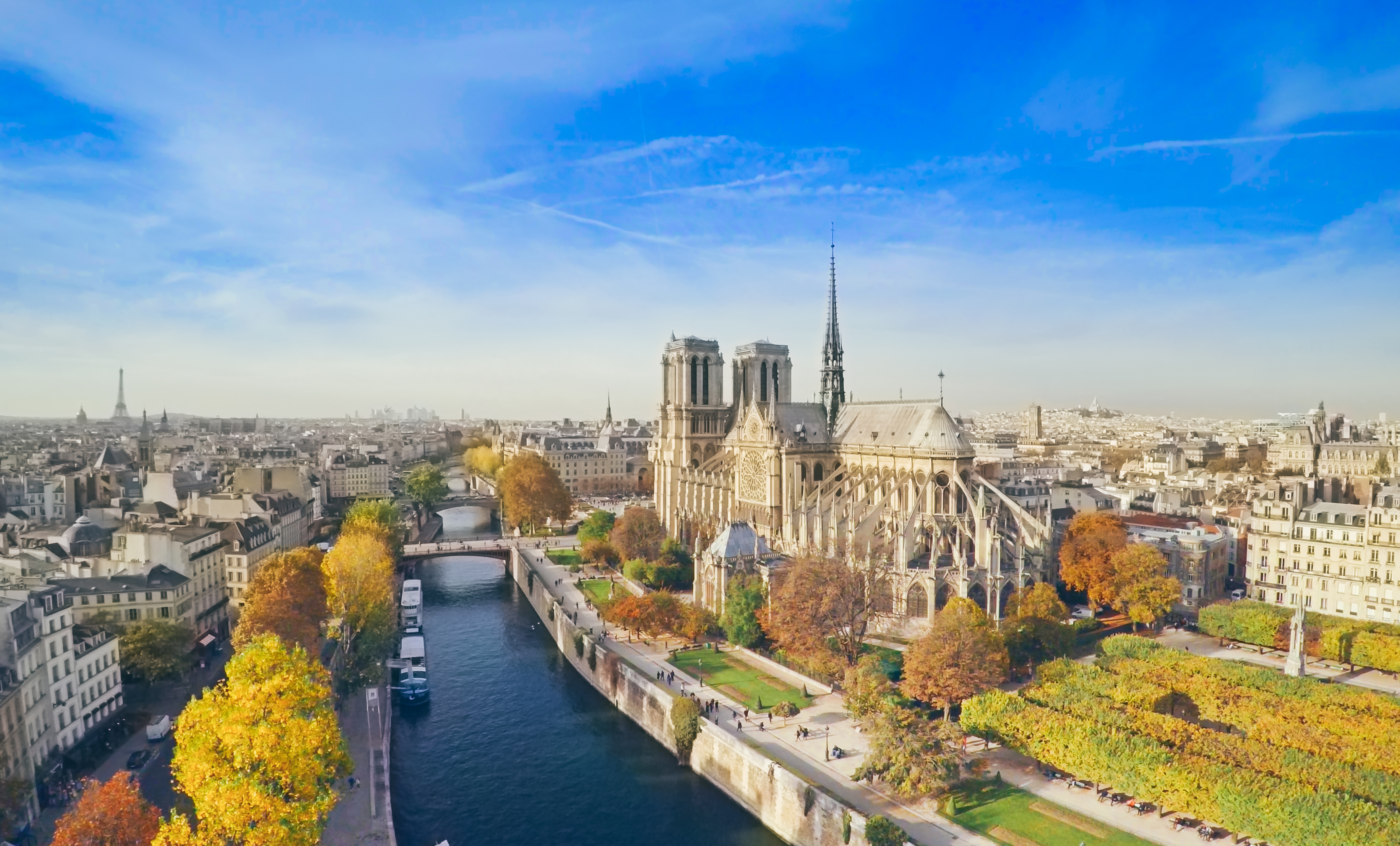

That most glorious church… shines out, like the sun among stars. And although some… may say that another is more beautiful… I ask [where] would they find two towers of such magnificence and perfection, so high, so large, so strong… so many vaults… and windows ruddy with precious colours and beautiful with the most subtle figures. In fact I believe that… its inspection can scarcely sate the soul.’
Thus did the scholar John de Jandun describe the cathedral of Notre Dame in his encomium on Paris written in 1323. The church he knew is separated from us by seven centuries of change, but, nevertheless, despite the efforts of improvers, iconoclasts and restorers over that time, de Jandun would undoubtedly have recognised the great building that burnt before an amazed and powerless world last week.
Notre Dame stands on a small island created by a division of the River Seine in the very heart of Paris, the Île de la Cité. Throughout the Middle Ages, it shared the island with the seat of royal administration at the Palais de Justice. The present church is at least the fifth to have stood on roughly this site since the 4th century. It is conventional to ascribe initiative for the new church to Maurice de Sully, Bishop of Paris, and to describe the ‘cornerstone’ of the new building as having been laid by Pope Alexander III in 1163. Pointing to the tensions that existed between the Bishop and Pope, however, some authorities have questioned the veracity of this account and suggest that work might have commenced a few years earlier.
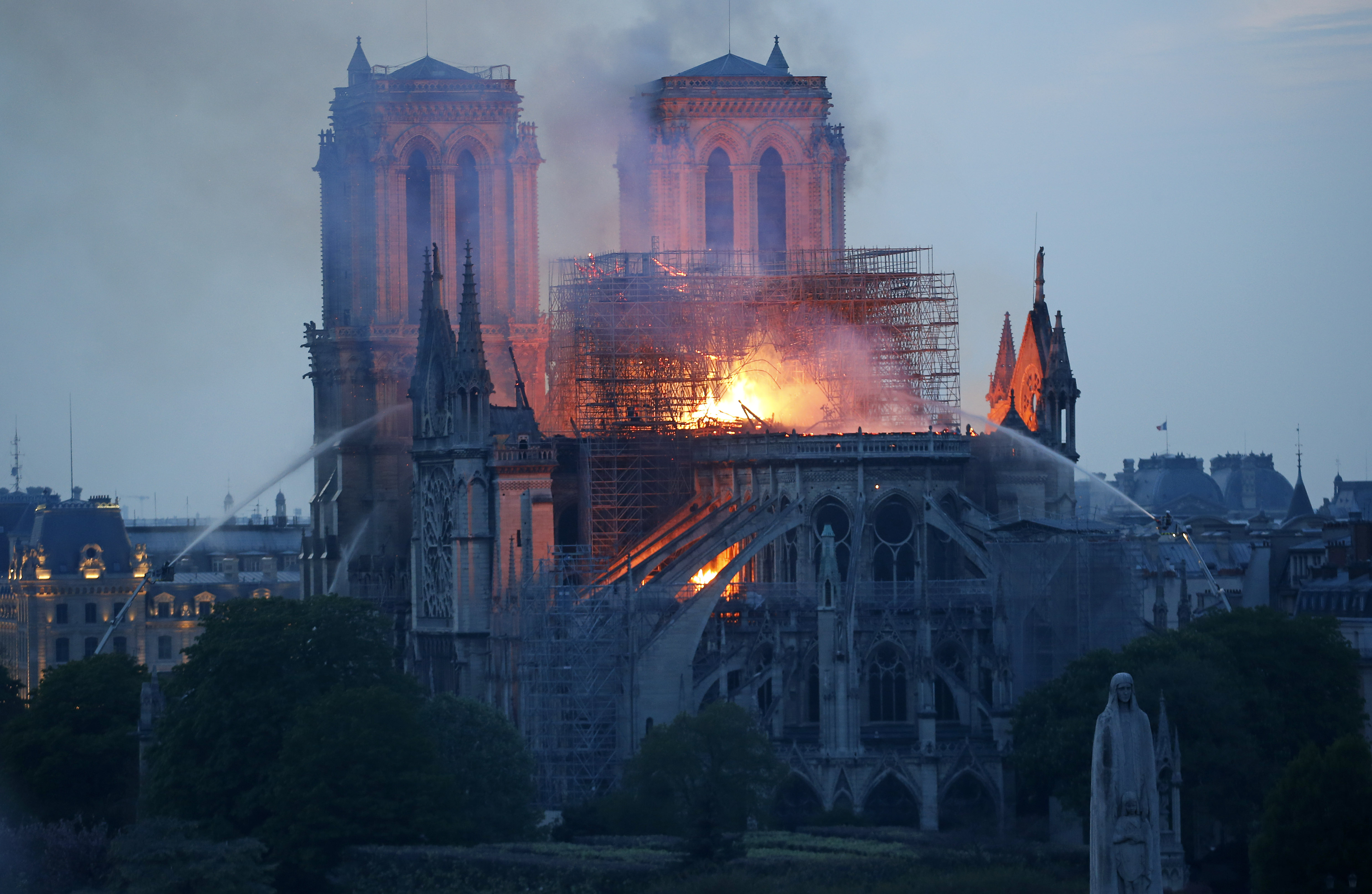
What is not at issue, however, is the explanation for why a new church was begun here in about 1160. In the late 12th century, with its burgeoning trade and flourishing university, drawing students from across Christendom, Paris was unequivocally emerging as the most important city in Northern Europe.
Underpinning its growth was the increasing authority of the Capetian kings of France, who were in the process of extending their authority far beyond the surrounds of the capital. Their prestige and wealth helped transform Paris into an international city and the lodestone of European culture – it was Louis IX who brought the Crown of Thorns to the city. As early as 1147, Louis VII described Notre Dame as an adjunct to his crown and this sense of connection between the Capetian kings and the cathedral of Paris must explain the scale of the new edifice. Simply put, it was longer, wider and taller than any contemporary church.
No less remarkable was the speed with which work was driven forward: the whole building stood essentially complete by 1245. It would help to explain this extraordinary achievement if the Capetian kings had supported the building works financially.
The process of construction is poorly and incidentally documented. To judge from the changing technical details of the design, it seems that work broadly moved from east to west. Also, that the choir, which was the first part of the building to be completed, was constructed from its great curving outer wall inwards. In 1177, this space, which encloses the high altar, was complete except for its vaults and it was consecrated in 1182.
Sign up for the Country Life Newsletter
Exquisite houses, the beauty of Nature, and how to get the most from your life, straight to your inbox.
The initial design of the church was perhaps determined by a mason called Richard, who is mentioned by name in a document of 1164. Whatever the case, the church was laid out on a five-aisled plan – that is to say, it comprised a central vessel with two encircling aisles. This layout consciously hearkens back to the basilica of Old St Peter’s in Rome built by the Emperor Constantine. In style, however, Notre Dame was informed by more recent buildings in the surrounds of Paris in a style termed Gothic.

In its origins, the Gothic style was a refinement of northern French Romanesque that delighted in architecture with complex underlying geometry, insubstantial structure, consistent detailing and a high ratio of window to wall. It also developed in association with the Capetians and the first important essay in the style was the reconstruction of the choir of Saint-Denis on the outskirts of modern Paris from the 1140s. This church served both as the mausoleum of the French kings and the home of their legendary battle standard, the Oriflamme.
Notre Dame looked directly back to the example of this building, borrowing from it, for example, such striking details as drum-shaped column supports for the main arcade. It also introduced a new quality that would inform French church architecture for the next two centuries: gigantism.
To the apex of its high vault, Notre Dame rises an incredible 108ft. That is an internal measurement well above the 100ft mark that denotes a medieval skyscraper. Perhaps it was the sheer scale of this structure that further encouraged the mason to explore in the design a structural aesthetic that is another hallmark of French Gothic architecture, in which the detailing of the interior with delicate shafts of stone suggests a system of support for the vaults that is completely inadequate to the scale of the building.
In that apparent inadequacy – made possible by flying buttresses (Notre Dame constitutes an early example of their use) and externalising the depth of the wall – lies part of the thrill of Gothic.
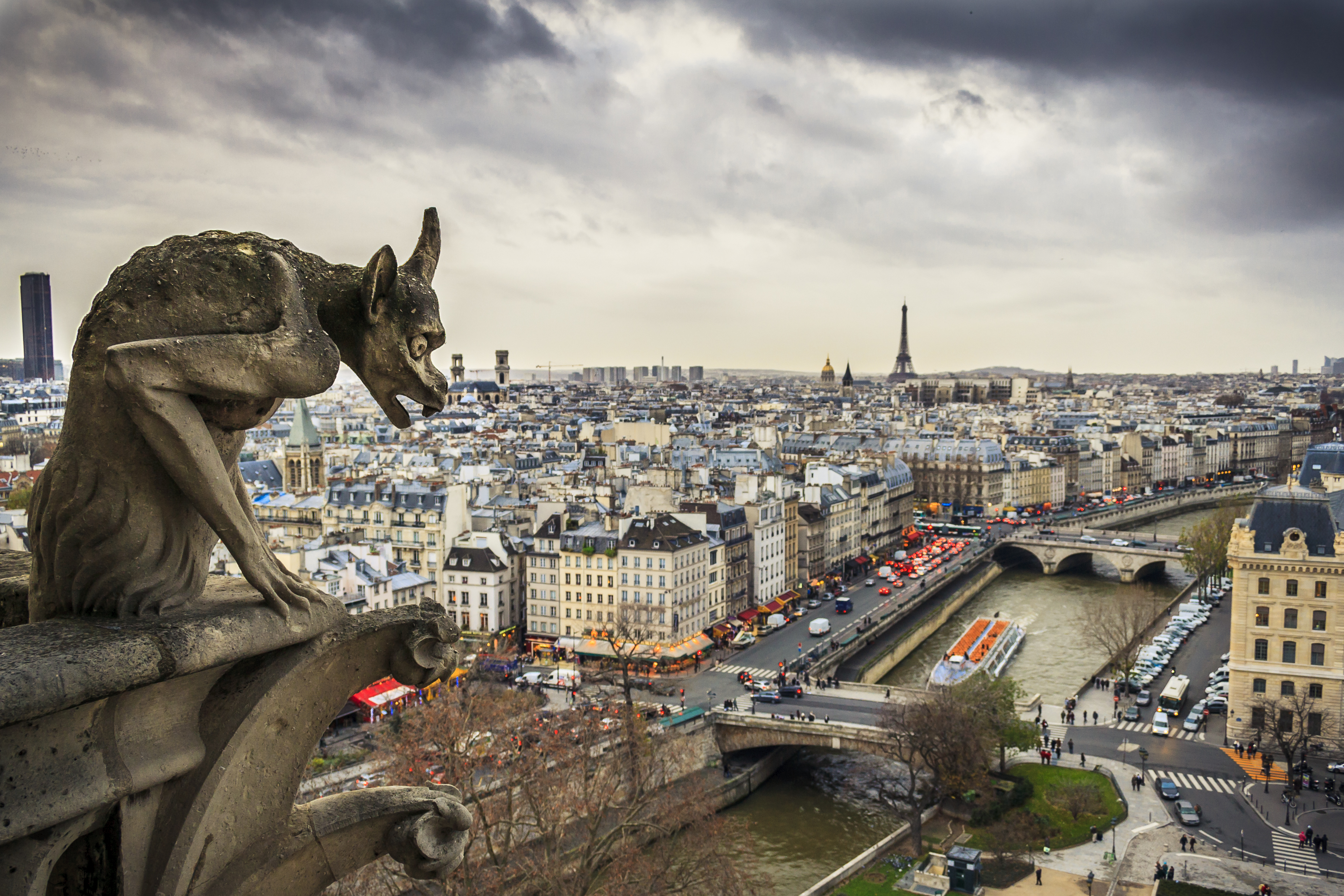
In some respects, however, the new building was relatively conservative. The load of the high vaults was supported on an elevation that originally comprised four internal storeys, a treatment that looks back to late-Romanesque experiments in the construction of unusually high vaults. The semi-circular termination of the choir and the design of the high vaults also look back to that style, each of them spanning two bays of the elevation. It was another concession to local aesthetic preferences that the building had no central tower.
The cathedral nave probably began to rise before the choir was complete. The new work broadly respected the original design, but was accompanied by changes in the treatment of the structure and the interior detailing.
Work to it progressed in three overarching phases. The first of these encompassed the foundation levels of part of the western façade, where the two towers would rise. This was finally completed, from 1208, in the third phase, when the site of the south-west tower was cleared. To judge from the style of the sculpture that fills the three great western portals, the largest commissions of their kind to date, work to these began in about 1200.
In 1218, the endowment of a royal chaplaincy in the south nave aisle suggests that work to the church interior was almost complete. The same idea is implied by the fact that, not long before, a thief lay concealed for several days in the roof of the building.
By 1220, the nave and its great rose window at its western end was probably finished. Notre Dame, however, was no longer an isolated prodigy and, in some respects, its design was evidently regarded as problematic. All across northern France, new great Gothic churches were now rising and some, such as Bourges Cathedral, refined the design of this Parisian building.
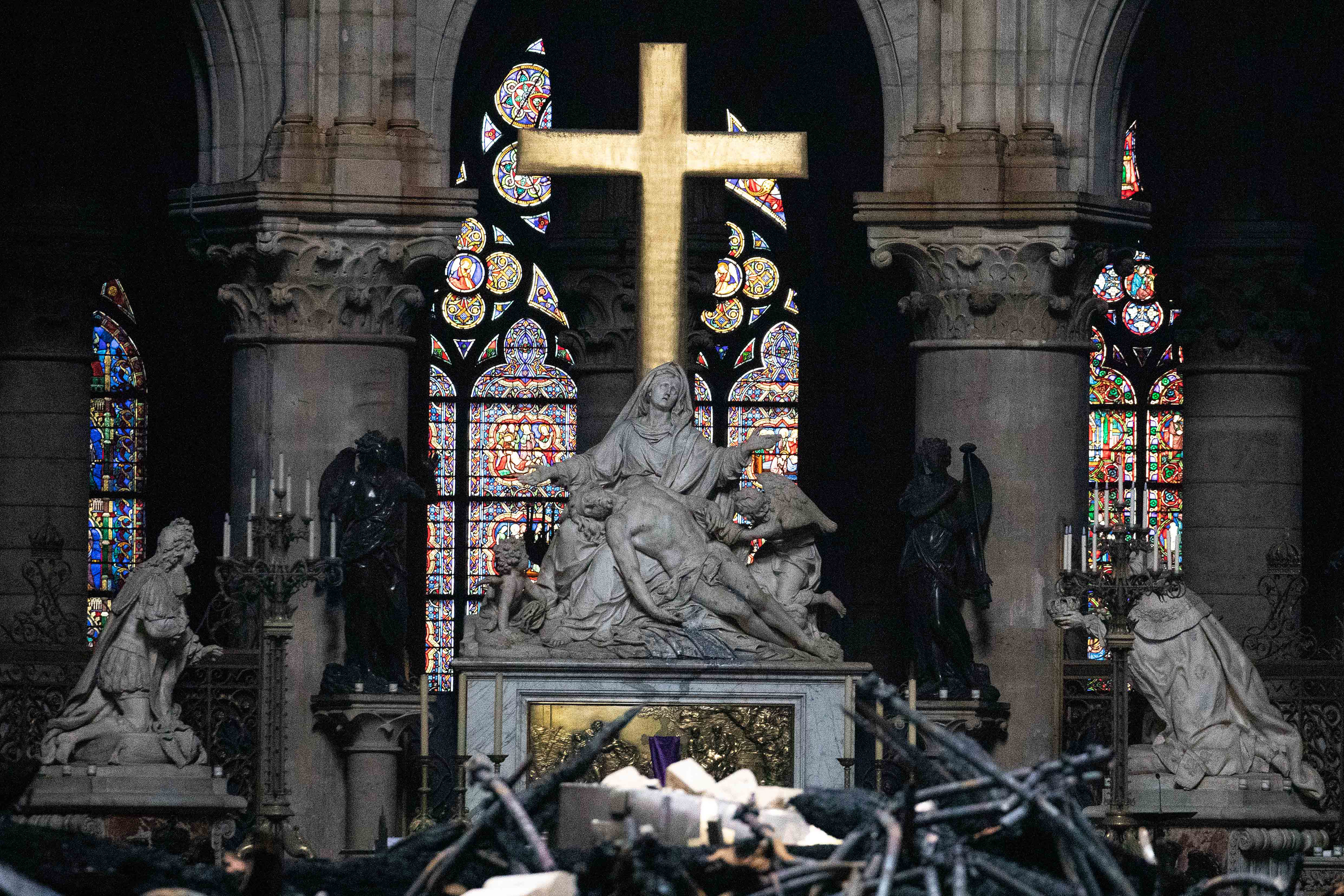
It was presumably in the light of such projects that, in about 1220, the decision was taken to remodel the church interior and create long windows extending through the top two storeys of the elevation. In effect, the four storeys of the church were reduced to three. During the 19th century, some bays were returned (slightly inaccurately) to their original four-storey form.
With the interior complete, work then progressed to the two towers, which were probably finished by 1245. Next, in the 1250s, John de Chelles, who was possibly the fifth master mason to be involved in the building since the 1160s, remodelled the transept façades of the church.
These are dramatic display pieces and formative works in a new idiom of French Gothic termed the Rayonnant. These take to extremes the reduction of structural elements in favour of huge expanses of glass. At Notre Dame, each remodelled transept is dominated by a vast rose window of stained glass set within a square frame.
As completed, and despite architectural competition, Notre Dame was a formidable expression of the prestige, power and wealth of medieval Paris. It also reflected the Euro-pean authority of the Capetian kings. Long tradition alone prevented it from assuming the combined roles of coronation church and royal mausoleum (as occurred at Westmin-ster Abbey for example). Necessity, however, allowed it to usurp such roles: in December 1431, the 10-year-old Henry VI of England was crowned King of France here by Cardinal Beaufort (much to the annoyance of the Bishop of Paris, who felt the role was his).
The late Middle Ages witnessed few substantive changes to the structure of this colossal building beyond the creation of additional chapels between the buttresses of the outer aisles. There was some iconoclasm in the 16th century, but more important changes were effected by attempts to classicise the internal furnishings. Then came the French Revolution, during which the sculpture of the west front was badly damaged and the building briefly rededicated to the Cult of Reason and then to its rival, the Cult of the Supreme Being.
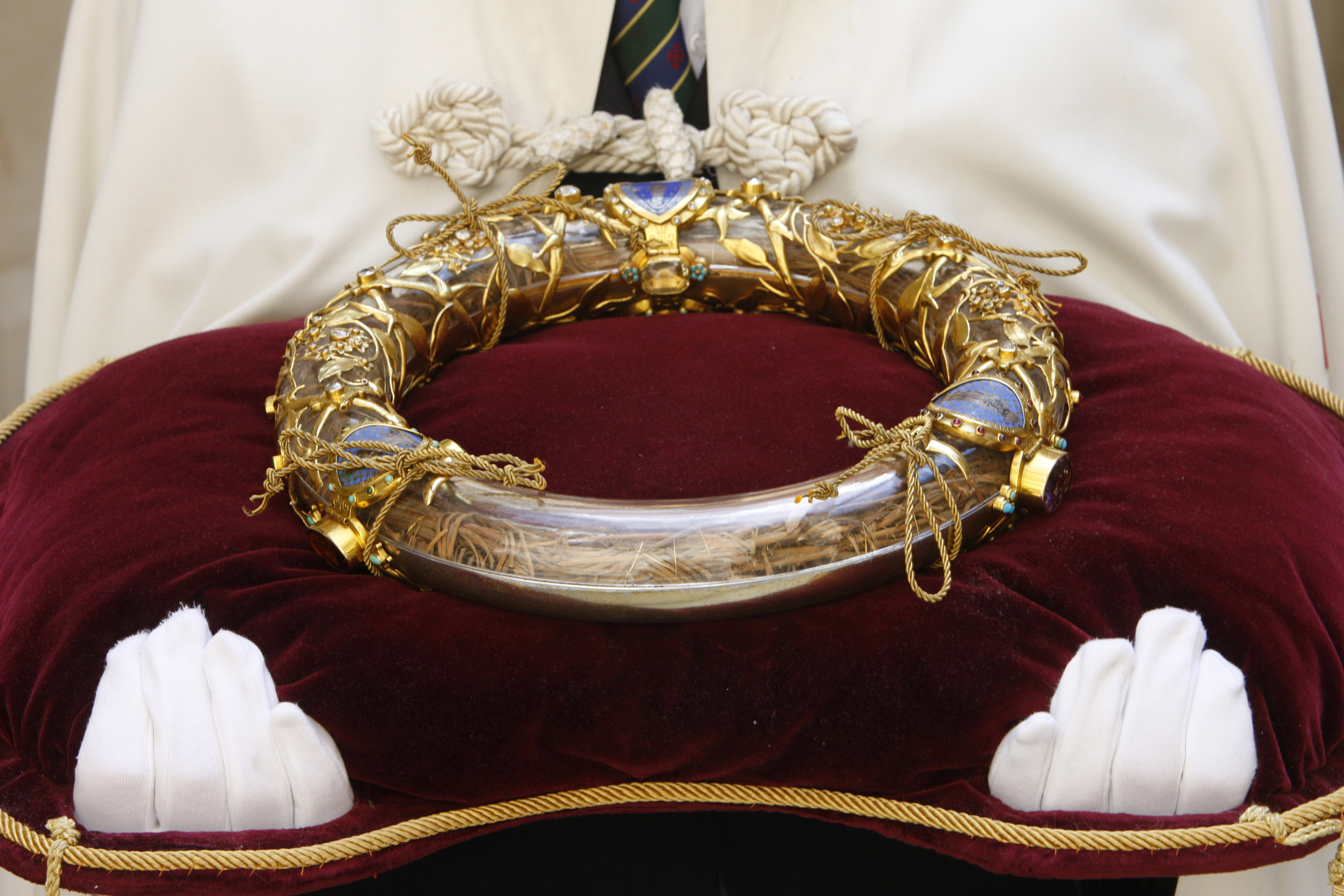
In 1804, Napoleon chose to be crowned Emperor in Notre Dame and the church was famously the setting for Victor Hugo’s novel The Hunchback of Notre-Dame (1831), which includes an imagined account of the building in flames. Its full restoration, however, was not begun until 1844.
Under the direction of the celebrated architect Eugène Viollet-le-Duc (Country Life, June 24, 2009), the building and much of its sculpture was thoroughly repaired. This restoration work shaped the modern appearance of the building and created some of its most familiar features, including many of its gargoyles and grotesques, as well as the delicate central spire that collapsed in the recent blaze.
It will be fascinating to see what happens next to this building. There is clearly the will and the means to restore it, but, at the time of writing, it is not really clear what condition the structure is in. Much depends on this. Assuming it is sound, the cathedral could probably be repaired much in its familiar form. If it is shown to be seriously unsound, however, there will, inevitably, be calls for radical modern interventions.
Whatever the case, the reaction to the fire demonstrates that Notre Dame exercises enormous power over Paris, France and the world; the disaster has proved beyond doubt that it remains a sun among stars.
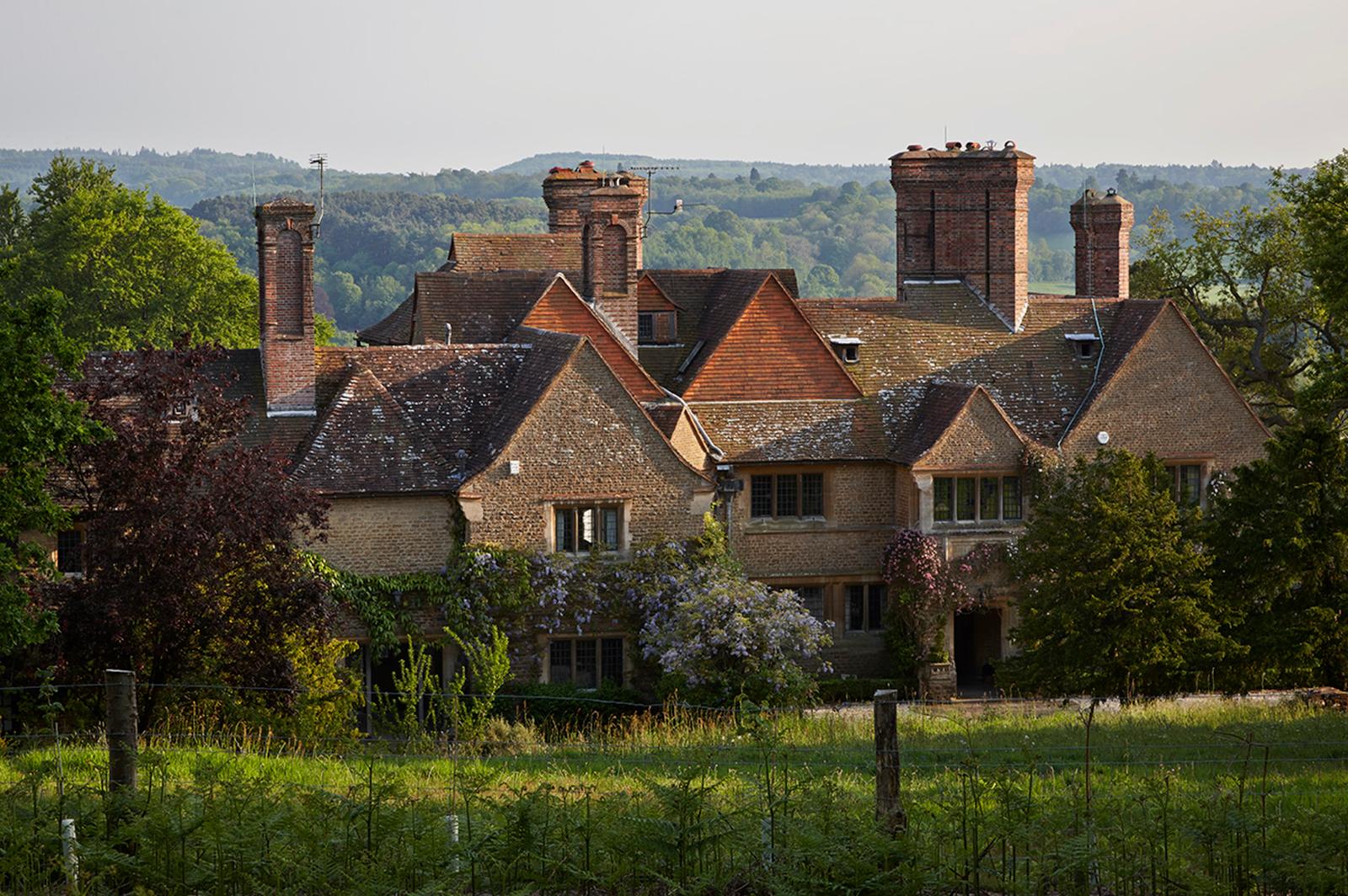
Sir Edwin Lutyens: Britain's greatest architect?
This year is the 150th anniversary of the birth of Edwin Lutyens, one of Britain’s most celebrated architects. John Goodall

John spent his childhood in Kenya, Germany, India and Yorkshire before joining Country Life in 2007, via the University of Durham. Known for his irrepressible love of castles and the Frozen soundtrack, and a laugh that lights up the lives of those around him, John also moonlights as a walking encyclopedia and is the author of several books.
-
 New balls please: Eddie Redmayne, Anna Wintour and Laura Bailey on the sensory pleasures of playing tennis
New balls please: Eddie Redmayne, Anna Wintour and Laura Bailey on the sensory pleasures of playing tennisLittle beats the popping sound and rubbery smell of a new tube of tennis balls — even if you're a leading Hollywood actor.
By Deborah Nicholls-Lee
-
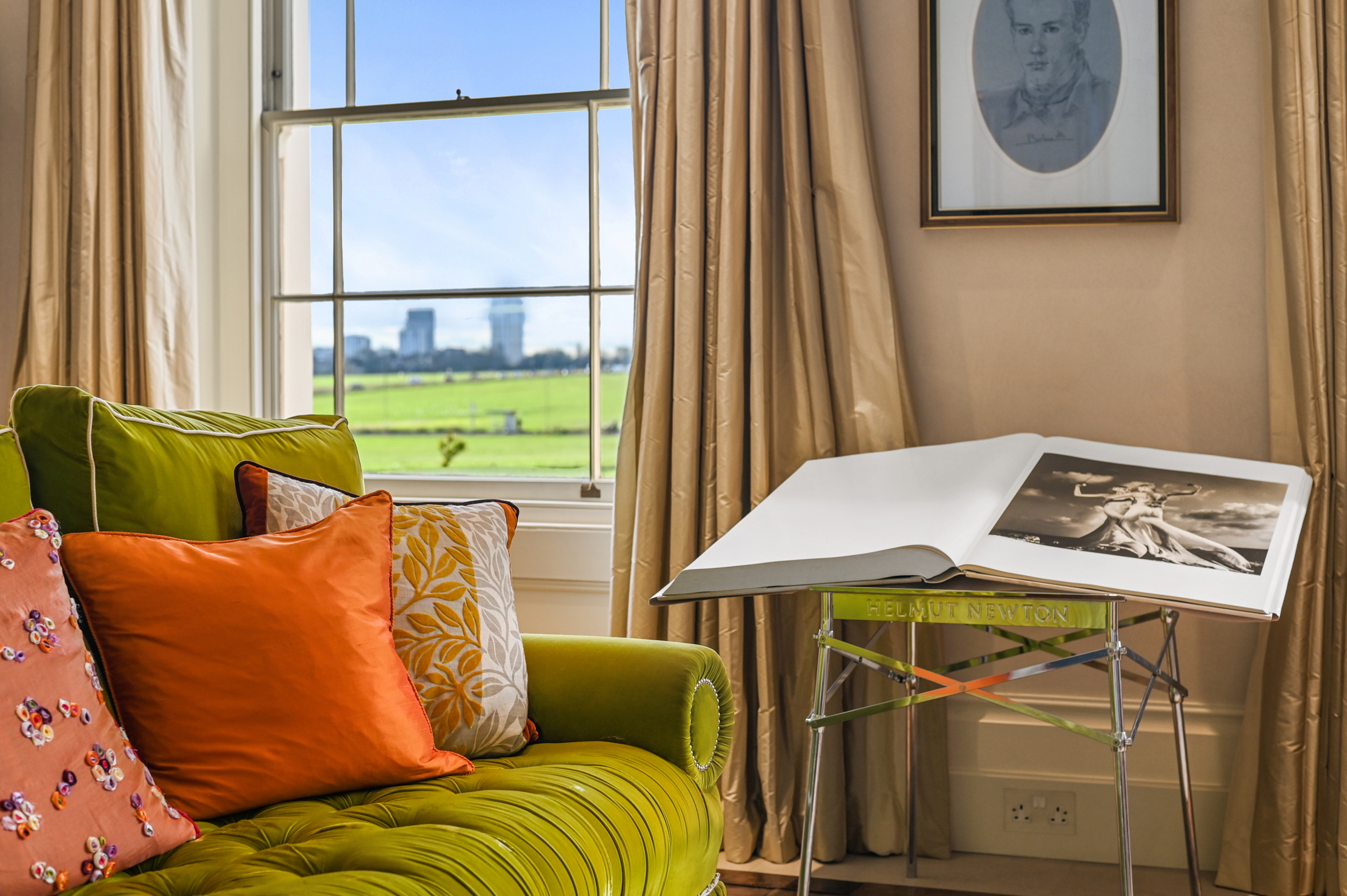 A rare opportunity to own a family home on Vanbrugh Terrace, one of London's finest streets
A rare opportunity to own a family home on Vanbrugh Terrace, one of London's finest streetsThis six-bedroom Victorian home sits right on the start line of the London Marathon, with easy access to Blackheath and Greenwich Park.
By James Fisher